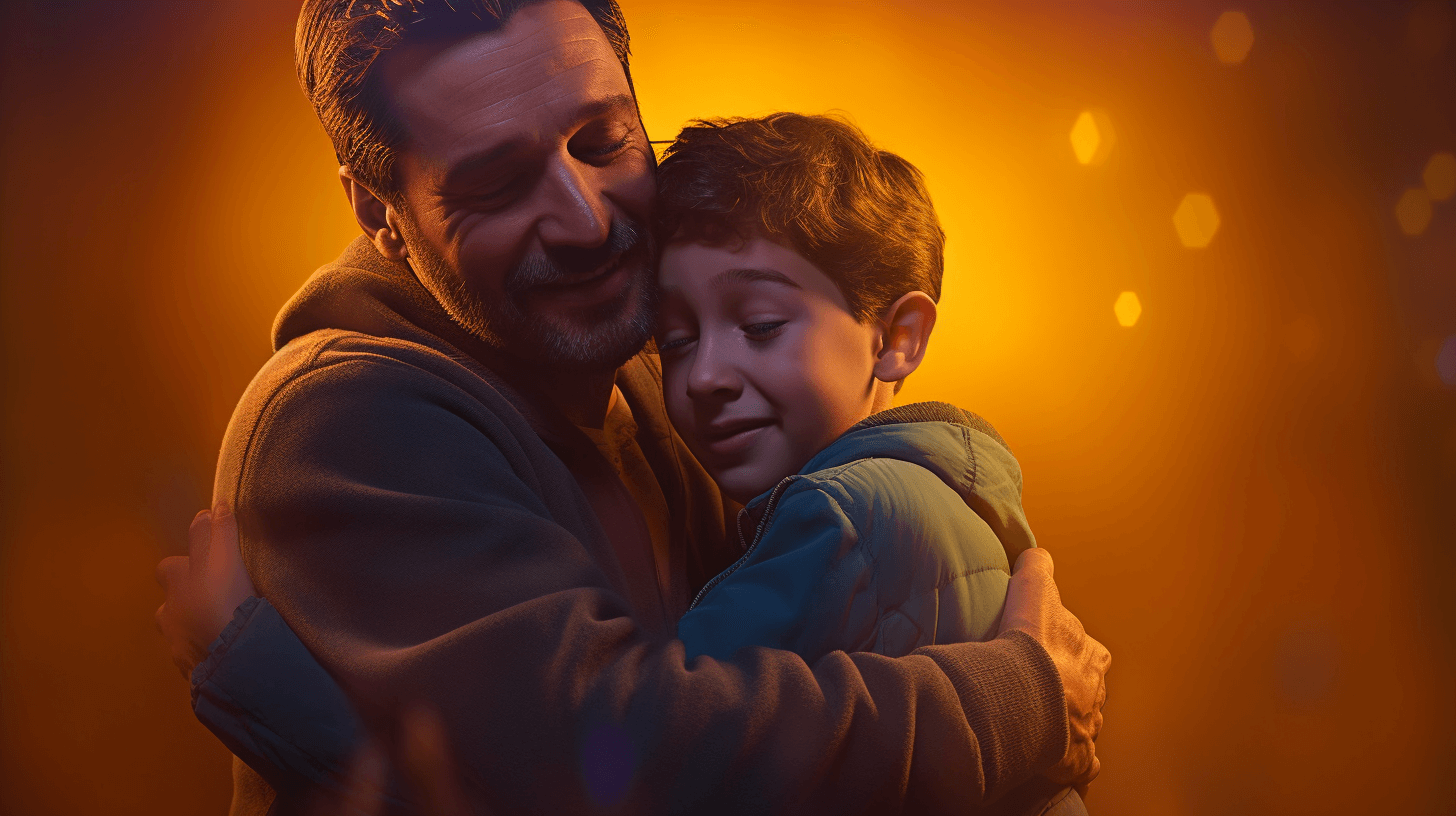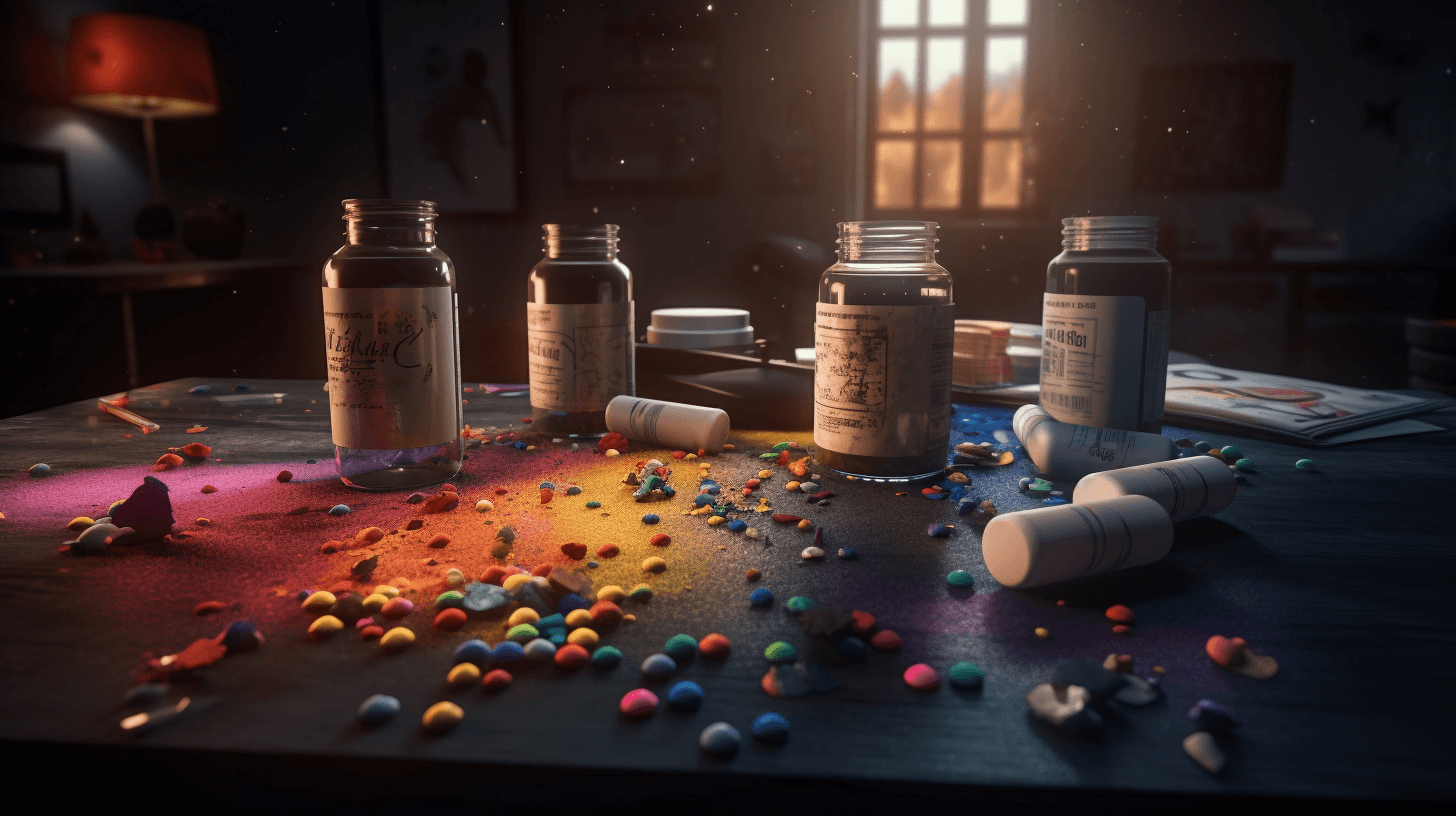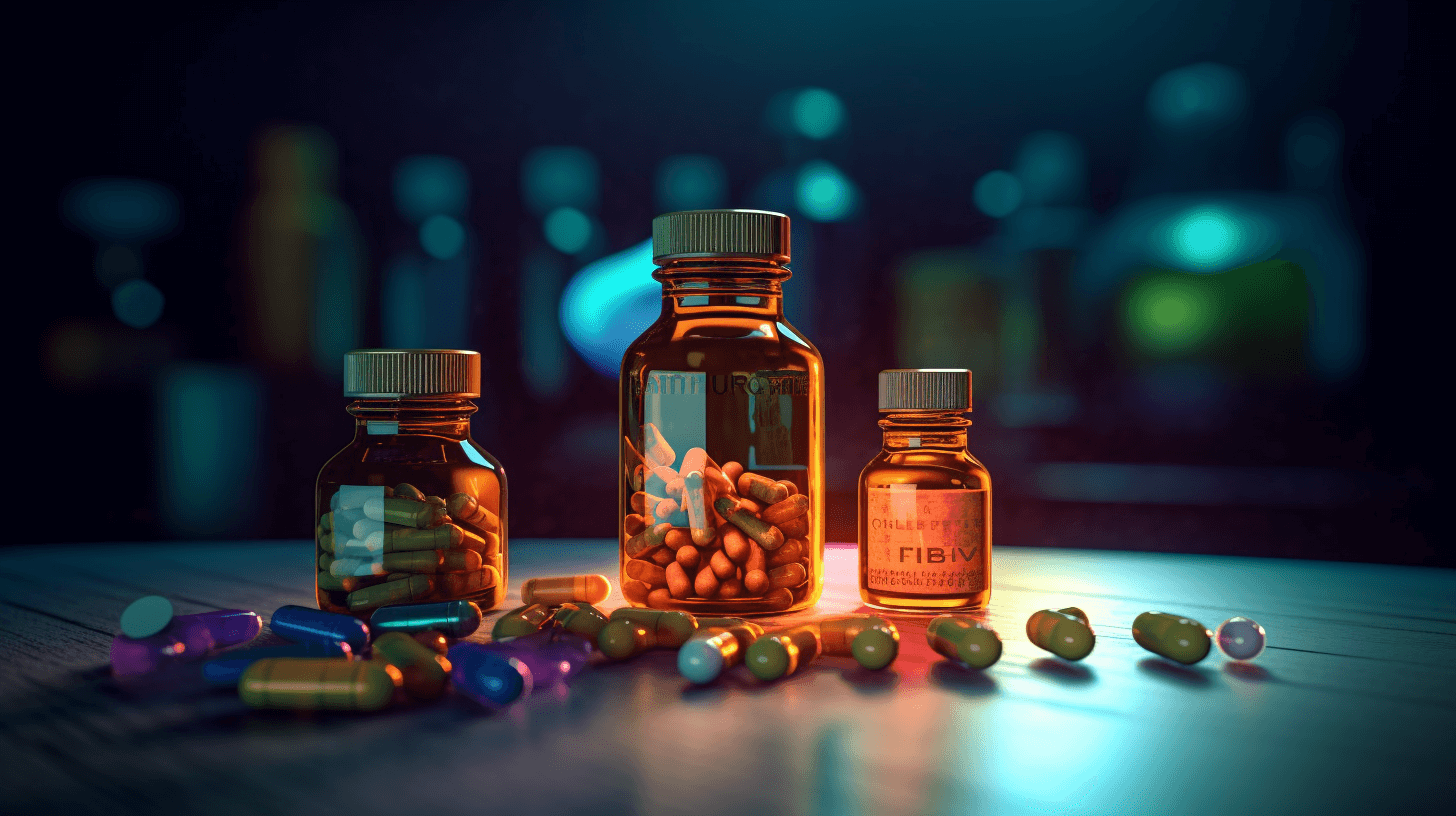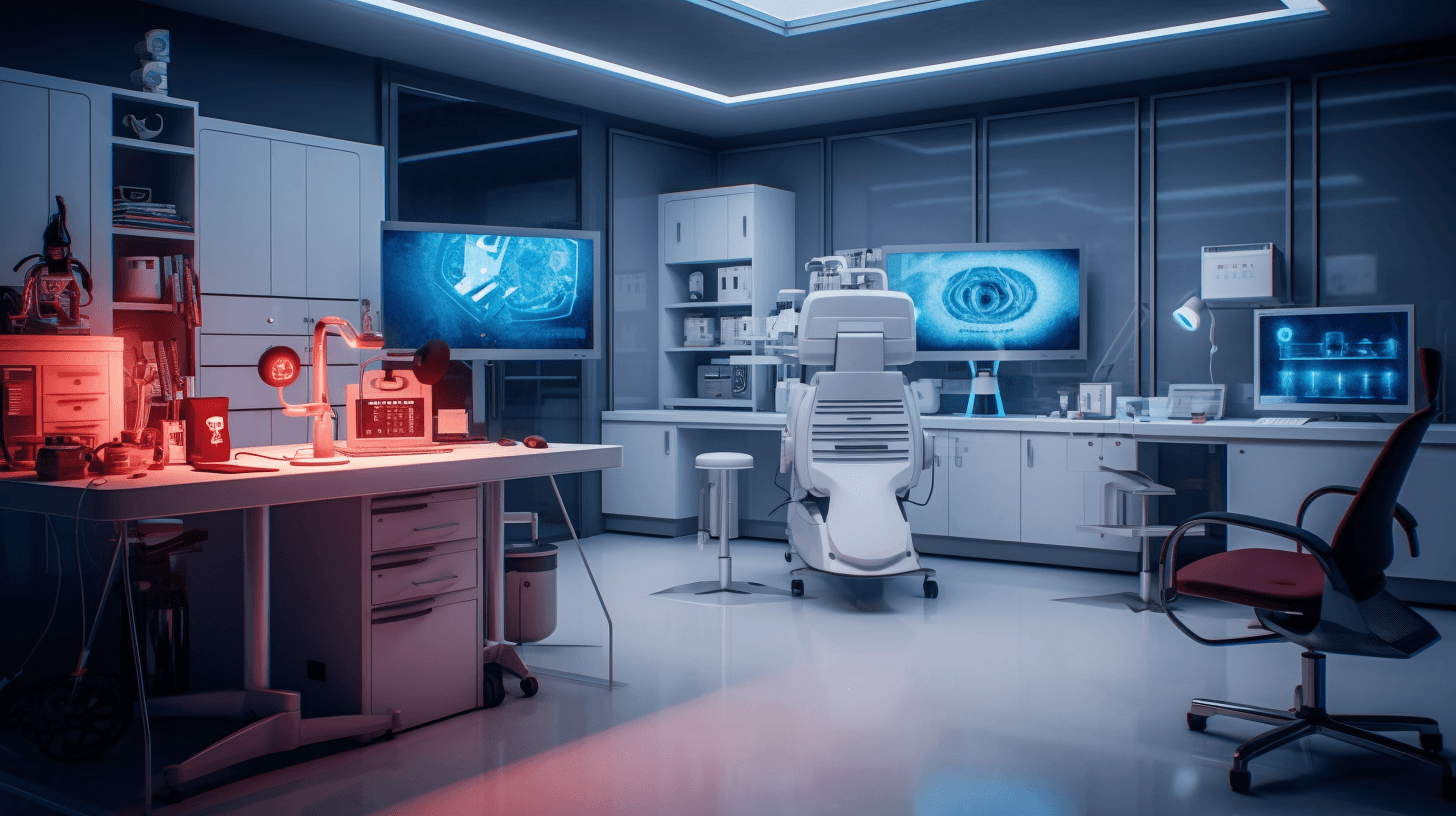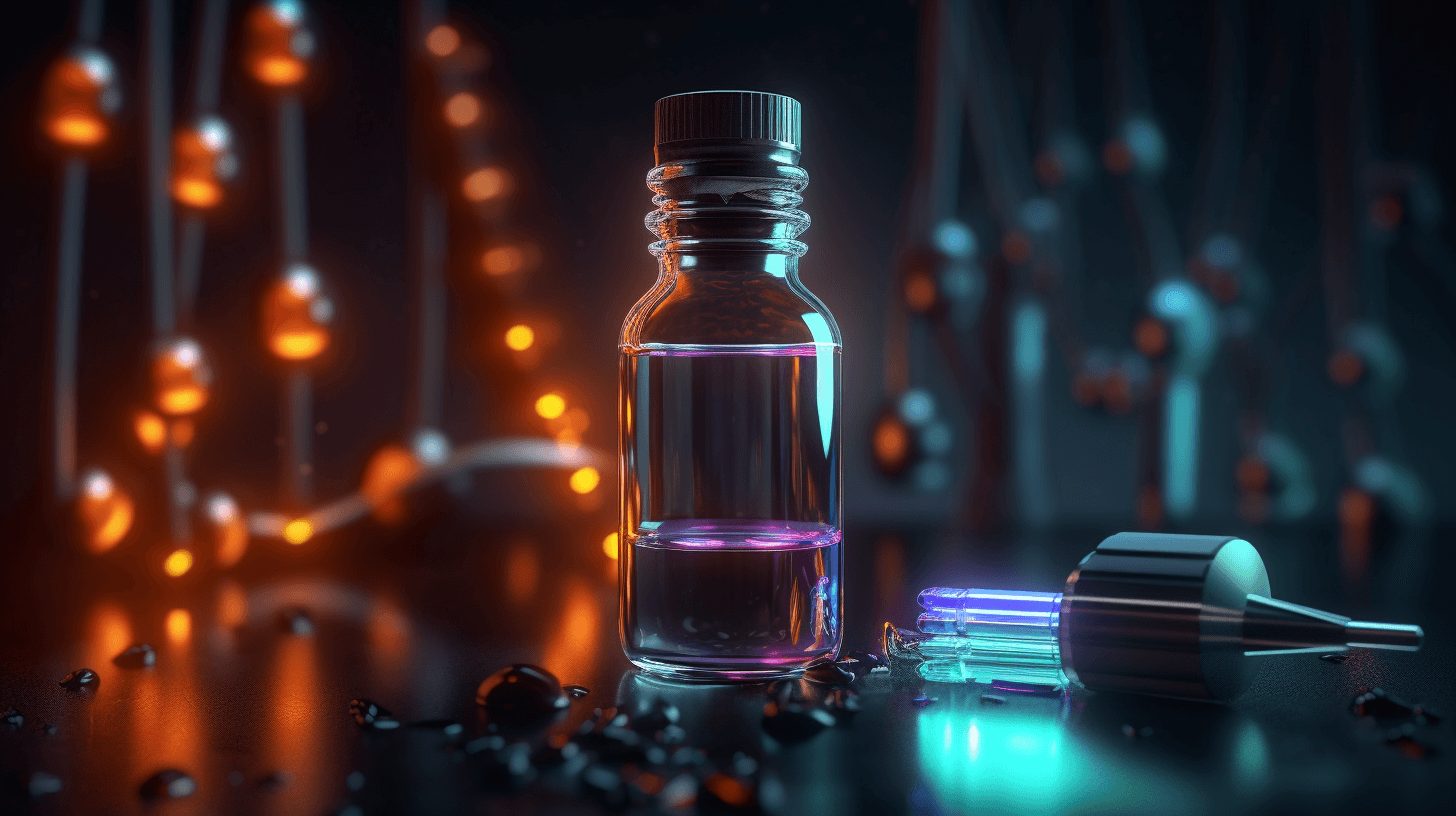🧪🧠 Ketamine Stay Showin’ Promise Fo’ da Kine Hard-fo-Cure Depression in Fresh Kine Study
Research dis week stay present da most ono evidence so far dat ketamine, dat one anesthesia drug, get plenty aloha fo’ da patients who get da hard-fo-cure depression and neva’ get da kine psychosis, jus’ as good as da one treatment dey call electroconvulsive therapy, or ECT.
Dis new kine study tink dat ketamine could be da fresh alternative to ECT, which right now one of da fastest and most pono treatments fo’ da patients who get da kine hard-fo-cure depression. Dis one was da biggest comparison of da two treatments.
Bout one-third of da clinically depressed patients no respond to at least two antidepressants, dey call um “treatment-resistant.” Dey options fo’ feel betta’ stay limited. Us doctors usually recommend up to 12 sessions of ECT, which get one long-time proven track record, but stay get bad rap cause of misuse in da past and all da scary Hollywood images of people strapped to tables, acting all funny kine. ECT today stay way more safe and done under anesthesia, but da procedure stay underused.
Da study, wea they wen’ publish um on Wednesday in The New England Journal of Medicine, found dat ketamine, when they give um through one IV, was jus’ as good as ECT in patients wit’ treatment-resistant depression who no have psychosis. (Fo’ people wit’ psychosis, even small kine doses of ketamine can make da symptoms worse.) 📚💊
Dr. Amit Anand, da head haumāna of da study and one professor of psychiatry at Harvard Medical School who studies mood disorders at Mass General Brigham, wen’ say, “Da results wen’ surprise us plenny.” His team wen’ first guess dat ketamine would be almost as good as ECT. But Dr. Anand wen’ say, dey found dat ketamine did even betta’ den dat.
Dis stay important cause some patients get uneasy wit’ ECT’s potential side effects, like temporary memory loss, muscle pain or weakness. (In rare cases can leave permanent gaps in memory.)
Da study, sponsored by da Cleveland Clinic Foundation, shows dat ketamine stay easier fo’ give, with fewer adjustments during treatment and fewer patients dropping out, Dr. Anand wen’ say. “More important, it shows dat ECT, as we thought, stay linked with memory problems, while ketamine no do dat.” IV ketamine also get side effects, like feeling like you no connected, but dis stay “not usually one bad experience fo’ patients,” Dr. Anand wen’ say. 🤕💭
Da researchers randomly gave IV ketamine or ECT to 365 patients. Almost half got ketamine twice a week while da others got ECT three times a week. By da end of da three-week treatment, 55 percent of those in da ketamine group and 41 percent of da patients in da ECT group reported a 50 percent or more reduction in symptoms. 👥💉
Six months afta’, da quality-of-life scores fo’ both groups was pretty much da same.
One small kine problem wit’ da study was dat da number of ECT treatments may not have been enough cause da treatment period was only three weeks, said Dr. Daniel F. Maixner, da ECT program director at Michigan Medicine at da University of Michigan, who no stay affiliated wit’ da study.
Da patients wen’ start their ECT by receiving electric currents on one side of da brain, which may need 10 or 12 sessions, not like da nine used in da study, he wen’ add. 🧠⚡
“If get more improvement fo’ get, you keep going,” Dr. Maixner wen’ say.
Patients who start out stimulating both sides at da same time, usually need fewer sessions. If da patients had finished more ECT sessions, then more of dem might have responded to da treatment, Dr. Anand wen’ say, but dat also would have probably caused more side effects.
Small kine number of patients in both groups — less than 33 percent — wen’ go into remission, meaning they had only mild depressive symptoms. This suggests dat additional treatments would be needed fo’ da patients to keep any relief.
Continued treatment, however, stay come with more risks. With ketamine, fo’ example, longer treatment “increases da chance of both drug dependence and cognitive bad side effects, including dissociation, paranoia and other psychotic symptoms,” Dr. Robert Freedman, a professor of psychiatry at da University of Colorado, wen’ write in an editorial published with da study.
Previous evidence suggests dat ECT remission rates can be way higher — often at least 60 percent — but these studies may have included a higher percentage of inpatients as well as patients with psychotic depression, for which ECT appears to be particularly effective.
Researchers and clinicians are using IV ketamine off label cause it has not been approved by the Food and Drug Administration fo’ treatment of mood disorders, unlike its cousin esketamine, also known as Spravato, which is given nasally. Among clinicians, IV ketamine is widely thought to be as effective or more so than esketamine fo’ treatment-resistant depression, Dr. Anand said.
Sadly, cause IV ketamine is a generic medicine, “it is unlikely that anyone is going to try to get F.D.A. approval for it to make it more reimbursable for insurers,” he added. 😷💰
Later dis year, Dr. Anand and his colleagues going to recruit patients for a larger study comparing ECT to IV ketamine in 1,500 acutely suicidal and depressed patients, most of whom likely to be inpatients. They also going to look at how da effects differ by age groups, Dr. Anand said.
Dr. Maixner, at Michigan Medicine, said that research suggests that IV ketamine, which he also has used to treat patients, may have some emerging and strong benefits for hard-to-treat depression, which “gives people options.”
NOW IN ENGLISH
🧪🧠 Ketamine Shows Promise for Treatment-Resistant Depression in New Study
This week’s research presents the most compelling evidence to date that ketamine, an anesthetic drug, could be beneficial for patients with treatment-resistant depression without psychosis, equalling the effectiveness of electroconvulsive therapy, or ECT.
This recent study suggests that ketamine could be a new alternative to ECT, which is currently one of the most rapid and effective treatments for those suffering from treatment-resistant depression. This is the most extensive comparison of the two treatments thus far.
About one-third of clinically depressed patients do not respond to at least two antidepressants, termed “treatment-resistant”. Their options for feeling better are limited. Doctors usually recommend up to 12 sessions of ECT, which has a long-standing proven track record but is often underused due to past misuse and stigmatizing portrayals in Hollywood. ECT today is much safer and is performed under anesthesia.
The study, published on Wednesday in The New England Journal of Medicine, found that ketamine, administered through an IV, was just as effective as ECT in patients with treatment-resistant depression without psychosis. (For people with psychosis, even small doses of ketamine can exacerbate the symptoms.) 📚💊
Dr. Amit Anand, the lead researcher of the study and a professor of psychiatry at Harvard Medical School who studies mood disorders at Mass General Brigham, said, “The results surprised us a lot.” His team initially thought that ketamine would be nearly as good as ECT. However, they found that ketamine performed even better.
This is important because some patients are wary of ECT’s potential side effects, such as temporary memory loss, muscle pain, or weakness. (In rare cases, it can cause permanent memory gaps.)
The study, sponsored by the Cleveland Clinic Foundation, demonstrates that ketamine is easier to administer, with fewer adjustments during treatment and fewer patients dropping out, according to Dr. Anand. “More importantly, it shows that ECT, as we suspected, is associated with memory problems, whereas ketamine does not have this issue.” IV ketamine also has side effects, such as feeling disconnected, but this is “not usually a bad experience for patients,” Dr. Anand said. 🤕💭
The researchers randomly administered IV ketamine or ECT to 365 patients. Almost half received ketamine twice a week while the others received ECT three times a week. By the end of the three-week treatment, 55 percent of those in the ketamine group and 41 percent of the patients in the ECT group reported a 50 percent or more reduction in symptoms. 👥💉
Six months later, the quality-of-life scores for both groups were almost identical.
One minor issue with the study was that the number of ECT treatments may not have been sufficient, as the treatment period was only three weeks, said Dr. Daniel F. Maixner, the ECT program director at Michigan Medicine at the University of Michigan, who was not affiliated with the study.
The patients began their ECT by receiving electric currents on one side of the brain, which may require 10 or 12 sessions, not like the nine used in the study, he added. 🧠⚡
“If more improvement is needed, you continue,” Dr. Maixner said.
Patients who start with bilateral stimulation usually need fewer sessions. If the patients had completed more ECT sessions, then more of them might have responded to the treatment, according to Dr. Anand, but that also would have likely induced more side effects.
A small percentage of patients in both groups — less than 33 percent — went into remission, meaning they had only mild depressive symptoms. This implies that additional treatments would be needed for the patients to maintain any relief.
However, continued treatment comes with increased risks. With ketamine, for instance, longer treatment “increases the chance of both drug dependence and cognitive side effects, including dissociation, paranoia, and other psychotic symptoms,” Dr. Robert Freedman, a professor of psychiatry at the University of Colorado, wrote in an editorial published with the study.
Previous evidence suggests that ECT remission rates can be much higher — often at least 60 percent — but these studies may have included a higher percentage of inpatients as well as patients with psychotic depression, for which ECT appears to be particularly effective.
Researchers and clinicians are using IV ketamine off-label as it has not been approved by the Food and Drug Administration for the treatment of mood disorders, unlike its cousin esketamine, also known as Spravato, which is administered nasally. Among clinicians, IV ketamine is widely considered to be as effective or more so than esketamine for treatment-resistant depression, Dr. Anand said.
Unfortunately, since IV ketamine is a generic drug, “it is unlikely that anyone is going to try to get FDA approval for it to make it more reimbursable for insurers,” he added. 😷💰
Later this year, Dr. Anand and his colleagues plan to recruit patients for a larger study comparing ECT to IV ketamine in 1,500 acutely suicidal and depressed patients, most of whom are likely to be inpatients. They also plan to examine how the effects vary by age groups, Dr. Anand said.
Dr. Maixner, at Michigan Medicine, mentioned that research indicates that IV ketamine, which he has also used to treat patients, may have some emerging and substantial benefits for hard-to-treat depression, offering people more options.

